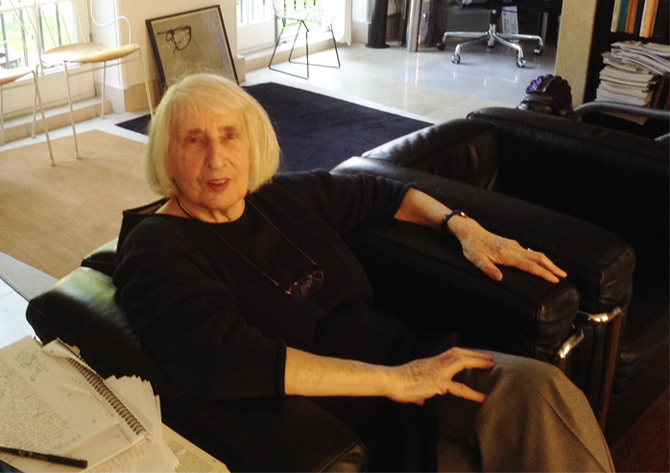
Our guest blog slot has enabled some readers to interview women who have long fascinated them, today our guest blogger Anna Lambert tells us about when she met the inspiring Ruth Artmonsky…
Ever heard of Ruth Artmonsky? Possibly not – but you may have stumbled upon her writing, perhaps in your library’s design section or in a gallery bookshop.
I discovered her when I realised she was the author of a useful, beautifully illustrated little book on the 30s designer Enid Marx (Enid Marx: Design (Design (Antique Collector’s Club) largely forgotten until Ruth got her hands on her, but whose simple, graphic textiles still grace much of the seating in London’s underground trains. Ruth wrote, too, The School Prints: A Romantic Project the story behind a movement that saw specially created art – including pieces by Picasso and Matisse – enlivening the drab walls of Britain’s post-war schoolrooms until the 1960s.
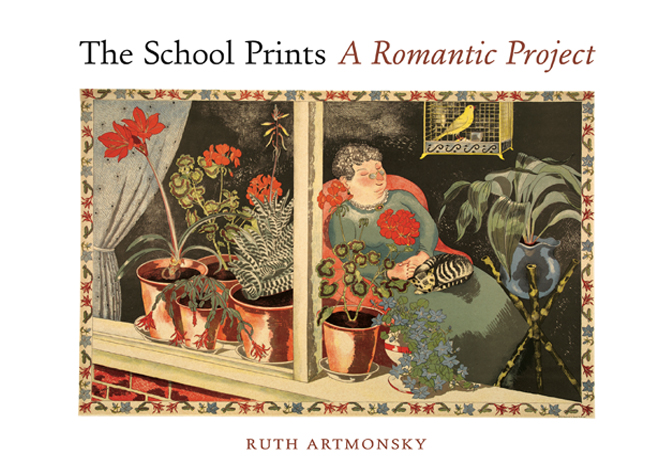
Other titles include Designing Women: Women Working in Advertising and Publicity from the 1920s to the 1960s (very Mad Men, then), her look at London store publicity (winningly entitled, Showing Off) and Do You Want it Good or Do You Want it Tuesday?: The Halcyon Days of W.S.Cowell Ltd. Printers
celebrating the printing firm behind the Orlando and Babar books (best title ever IMO, Amanda).
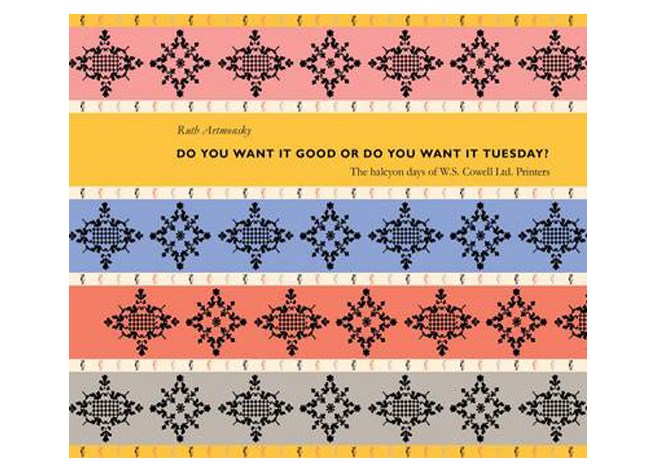
So who, I wondered, was this woman clearly so keen to champion the little-known or forgotten? I delved deeper and found Ruth – now in her 80s and as busy as ever – working from a corner desk in her uber-chic London flat, “I loathe colour”, she says, by way of explaining its muted palette of creams, whites, blacks and browns, “It’s because I’m a purist – but only aesthetically – not in my private life…”.
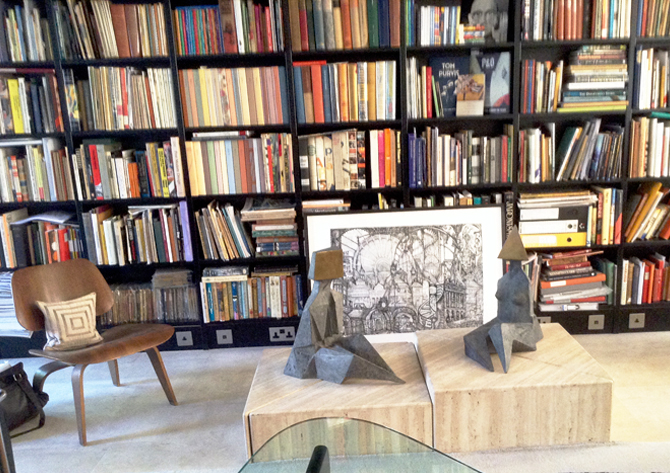
Career-wise, she’s done everything from prison social work to forging an innovative career in statistical psychology that led to a highly successful international psychometric-`testing business. She decided to pursue her passion for art once the business was off her hands, opening a short-lived gallery that championed new artists and turning to writing a few years ago.
“I’m not creative at all myself, but I’ve always been drawn towards people who are and my interest in art developed through my first marriage. The writing started after I’d been to an exhibition in Eastbourne on the Lyons Lithographs (lively prints created for the Lyons cafes in the the 1940s and 50s) and asked for postcard, but they said they couldn’t afford to print any. ‘Well, I can fund that’, I thought. Then I realised there was no text on Jack Beddington, a man heavily involved in the Lyons lithographs and a major sponsor of British artists in that period, so I thought I’d better write one.” From that ‘if you want something done, do it yourself’ attitude, a new career was born.
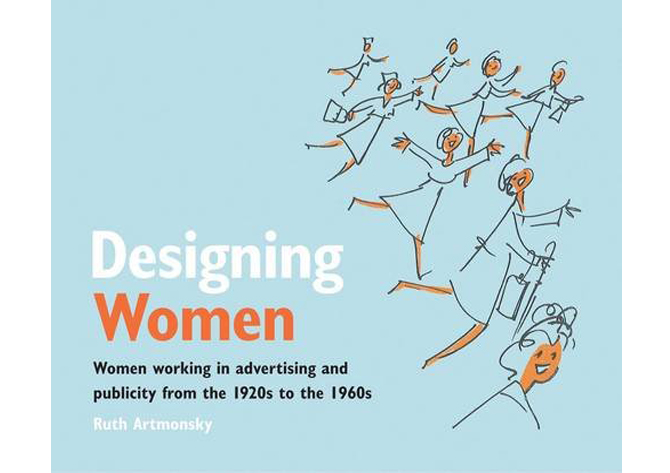
What attracts Ruth to her subjects? “I’m certainly keen on writing about people I think need championing and the sort of art that’s accessible to all of us,” she says, “I’m from solid socialist stock so democratisation has been a fundamental principle throughout my life. I’m not pro women’s lib as such – I’m pro everyone’s lib!”
Ruth works quickly, amassing her material – often drawn from her own collection of some 10,000 books, with each book taking around three weeks to complete. “I’ve seen people spend decades on their work, but that’s not for me. I want to get it written, get it out there and get on,” she explains.
Why, at a time of life when many are putting their feet up, does work remain so important to her? “It’s fun – as work always should be,” she explains, “It’s certainly what keeps me alive. I’ve been extremely fortunate to find work I’ve wanted to do. I do believe we all have duty to ourselves to try to fulfil our potential – in fact I’d go as far as to say I think it’s a sin not to do so.” Bravo, Ruth!
Find out more about Ruth’s work on her website here
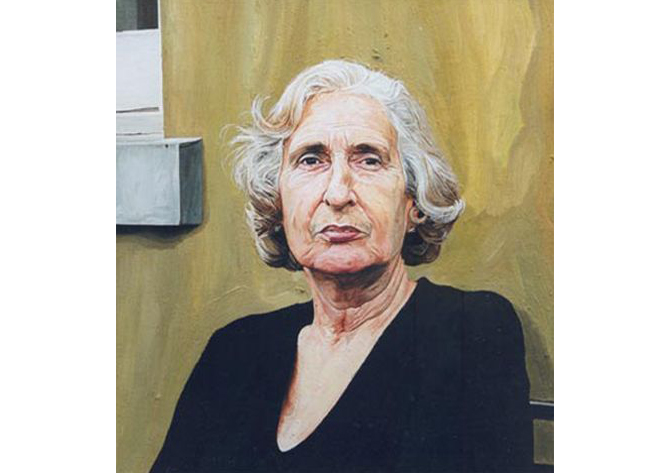
Portrait of Ruth by Richard Brazier


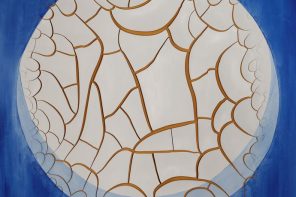
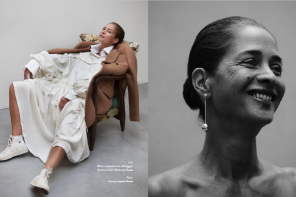
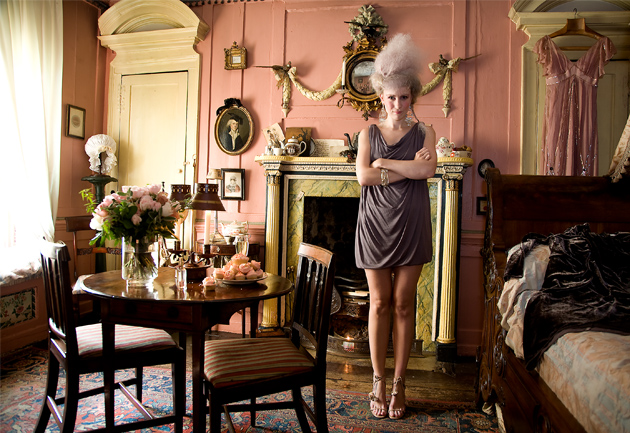
So interesting, how on earth can Ruth say she is not creative? Reason number 1099 why we shouldn’t let age constrain us.